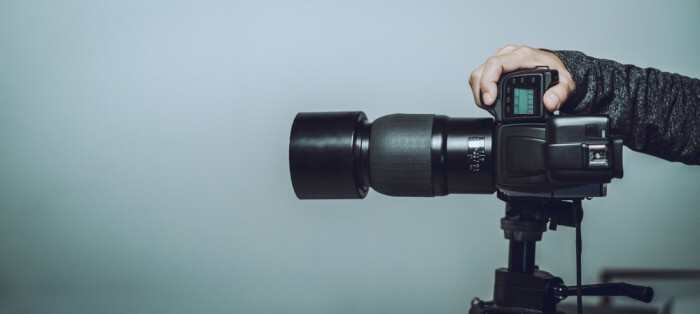

It’s difficult to illustrate this with digital images, because we judge the quality of digital images in terms of Megapixes, rather than values of color and light capture. Color, light, and to what degree they can be captured. This includes the accuracy and range of the capture of color, and range and accuracy of the capture of light. When talking about detail, we’re talking about a camera’s ability to capture an image in a way that resembles-as closely as possible-how your eyes see it. Your eye interprets that as sharpness, but it’s only an illusion. All sharpness is is measurement of contrast between adjacent edges in a picture.
To say that a digital image looks “sharp” does not mean that it has a lot of detail.
PHOTO VIEW FINDER SKIN
To say that digital pictures allow you to see into the pores of your subject’s skin or read the letters of a sign 200 meters away without the obstruction of film grain does not mean that digital cameras resolve more “detail” than film. It’s important to understand what we’re really talking about when we’re talking about “detail”. It’s “how much” color/light information can be captured). Pixel Resolution of Dynamic Range (You may understand this as brightness, contrast, hue, and saturation, shadow, mid-tones, and highlights.

Pixel Resolution of Light/Tonal Capture (color and light) To understand the detail superiority of film, it’s important to note that “detail” implies a couple of things: Oh boy were people pissed! To see one of the videos that started it all, check it out on the Video Feed page of my website ().īut here’s the thing. Lately there were a couple of comments made regarding my “megapixel tours”, where I claim that a scanned frame of Medium Format film produces a file equivalent to 80 megapixels of detail. If you’ve ever visited my YouTube page you may notice a flurry of comments on a few of my videos by people who take issue with my claim that film is still superior to digital.


 0 kommentar(er)
0 kommentar(er)
